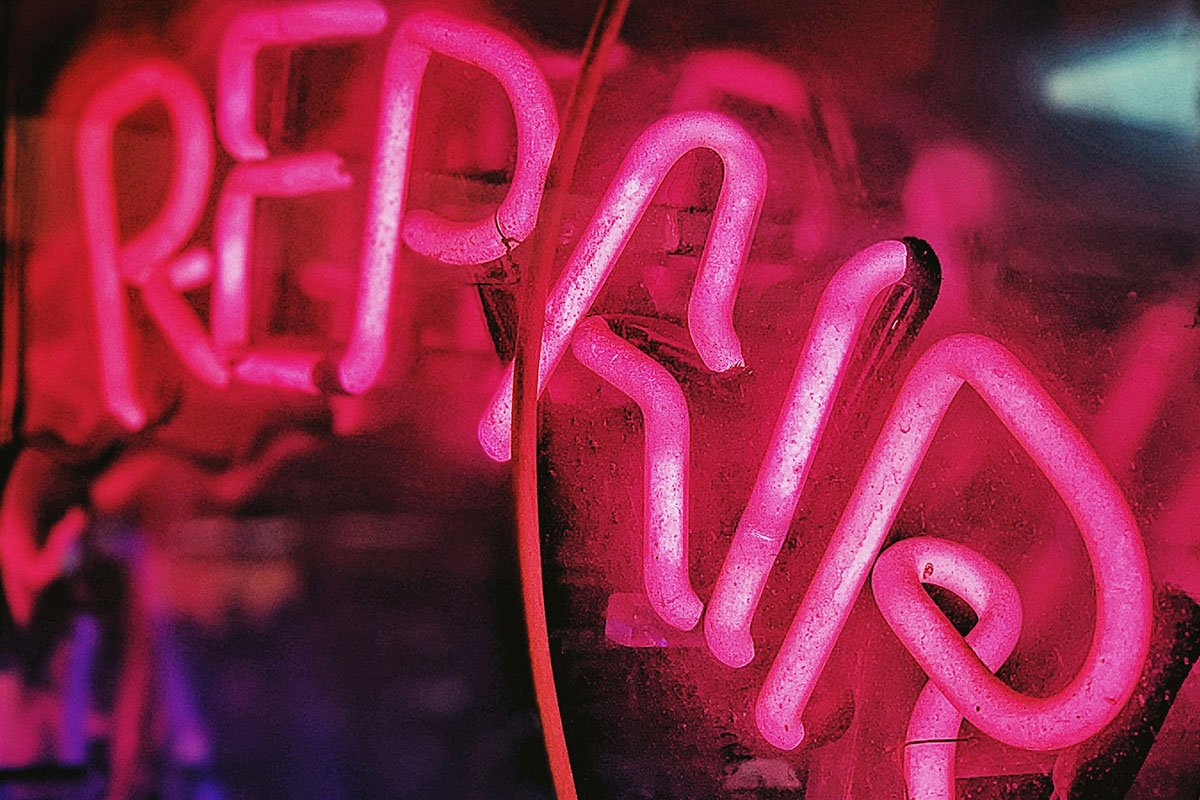
April 8, 2020; Literary Hub
In the best of times, many artists and writers get by on the slimmest of margins when it comes to personal finances. This, as we all know, is not the best of times. For many independent artists, revenue sources dried up in a flash as COVID-19 forced performing arts venues, museums, galleries, bookstores, community art centers, arts education programs, and many other types of creative operations to be shuttered and gigs to be cancelled for the foreseeable future. With an estimated 2.5 million working artists in the US, this already-fragile sector of the economy has been laid low.
As reported by the nonprofit Literary Hub, an unprecedented national coalition of arts funders already has managed to collect $10 million to help artists facing financial emergencies. Artists working in any genre may request up to $5,000 from this fund, as long as they are at least 21 years old and live in the US, its territories, or a Tribal Nation, and meet other basic criteria regarding their art practice. These grants are intended to support self-employed artists working outside of institutions.
The Artist Relief initiative was announced on April 8th and was made possible through the collaborative efforts of six arts-focused grantmaking organizations: the American Academy of Poets, Artadia, Creative Capital, the Foundation for Contemporary Arts, the MAP fund, the National Young Arts Foundation, and United States Artists. In less than two weeks, those organizations came up with $5 million to start the fund. That amount was matched by the Andrew W. Mellon Foundation. Tax deductible donations are being accepted at artistrelief.org, with assurance that 100 percent of funds donated will be used for grants to artists.
As described on the Mellon Foundation website, Artist Relief “will make 100 grants of $5,000 each to individual artists every week between now and September.” A message on the Artists Relief website suggests grant applications have been pouring in (and occasionally hobbling the application page).
Other funding coalitions also are forming around the country to support artists and arts nonprofits. For example, in Philadelphia, COVID-19 Arts Aid PHL was announced on the same day as Artist Relief. With an initial $3.45 million, including a lead grant of $2.5 million from the William Penn Foundation and leadership grants from six additional local foundations, this initiative will provide financial relief to individual artists as well as qualifying nonprofit cultural organizations. Organized by the City of Philadelphia’s Office of Arts, Culture and the Creative Economy, the Philadelphia Cultural Fund, and the Greater Philadelphia Cultural Alliance, the fund is accepting additional donations, and expects to start awarding grants soon.
Sign up for our free newsletters
Subscribe to NPQ's newsletters to have our top stories delivered directly to your inbox.
By signing up, you agree to our privacy policy and terms of use, and to receive messages from NPQ and our partners.
The New York Foundation for the Arts has a list of other emergency relief funds for artists on its website. A quick scan of the available grants programs makes it clear that many already are tapped out, and either have closed down temporarily or have started wait lists as they work to secure additional funds.
The $2 trillion CARES stimulus bill passed by Congress in late March included $300 million for nonprofit cultural organizations, museums, libraries, public broadcasting, and state and local arts and humanities organizations. An article on the Americans for the Arts website outlines relief funds available for these various subsets of the creative economy, which will of course be distributed to organizations, not to individual artists.
Many artists will not be able to support themselves again until the world opens back up—which may take a while, and which also won’t happen all at once. Virtually all performing arts groups already have cancelled the rest of their spring seasons, and summer programming hangs in the balance—think festivals, outdoor concerts, and all the summer arts camps that generate essential earned revenue for so many cultural nonprofits.
But you can be sure artists are still making art: right now (from wherever they are locked down or in quarantine), creative types are collecting stories and images; generating ideas and insights; and writing the poems, essays, and film scripts that we all will need to make sense of—and heal from—the global health crisis that is COVID-19.
So brother, if you can spare a dime, consider supporting a fund that will help artists survive in the short-term, so later, when it’s safe to come back together, those artists will be there to lead the way as we celebrate the remarkable resilience of the human spirit.—Eileen Cunniffe











